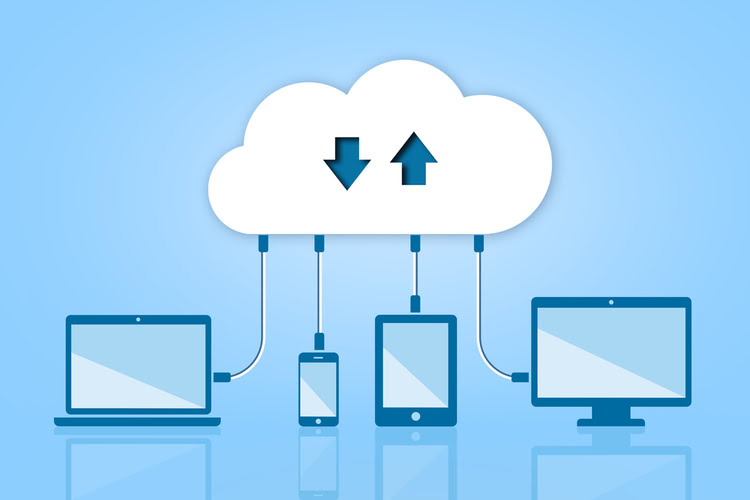Content
Hackers and malicious parties can take advantage by injecting harmful commands into a build’s pipeline configuration. The lifecycle of a software project can be thought of as a three-link chain. Continuous integration is considered the first link, and continuous deployment/delivery are the second and third links. Let’s look at the differences between the links and how they work together. The development stage of a software project is often broken down into a product roadmap.

To prevent these issues, development teams must spot and report errors as soon as they happen. Timing is key, and ignoring even just minor errors could lead to disaster later on down the line. Accurate reporting allows teams to have a consistent timeline of events and makes it easier to root out errors when they occur. See what continuous delivery and deployment can do for your organization for free.
By team size
Continuous deployment pipelines use similar tools to those in continuous delivery, with an enhanced emphasis on code testing prior to and after deployment into production. Because of its modular design, Kubernetes allows alteration of individual pods inside a service, as well as seamless transitions between pods. This flexibility helps development teams avoid server downtime and allows for maximum resource utilization when running microservices. Kubernetes is also an extremely reliable platform that can detect the readiness and overall health of applications and services before they’re deployed to the public. To continuously develop and deploy high-quality software improvements, developers must use the appropriate tools for building effective DevOps practices.

A good CI setup speeds up your workflow and encourages the team to push every change without being afraid of breaking anything. There are more benefits to it than just working with a better software release process. A canary deployment limits deployment of the updated code to a small percentage of users, who become unwitting testers ci/cd pipeline monitoring in production. By monitoring behavior and usage metrics, you can check that the new release has not introduced new failures before rolling it out more widely. From a business perspective, continuous delivery allows a company to respond to changing market demands by rapidly deploying and validating new ideas and features.
Measuring CI/CD success with devops KPIs
Because everything is automated, no one has to stop working to do a deployment. Use a common pipeline to ship both cloud-native https://globalcloudteam.com/ and traditional applications. You’ll now receive all of the valuable information we share about software delivery.
- With easy remediation, teams have more confidence in deploying more frequently.
- It’s a way to make the CI/CD pipeline faster, more efficient, and more agile — and give customers what they want, when they want it.
- A best practice is to ensure that commits and builds are fast; otherwise, these processes may impede teams trying to code quickly and commit frequently.
- You can then decide whether to roll back the change or roll forward by putting a fix through the pipeline.
- Continuous deployment eliminates the human safeguards against unproven code in live software.
- Continuous deliveryis an extension of continuous integration since it automatically deploys all code changes to a testing and/or production environment after the build stage.
GitOps makes continuous deployment in Kubernetes easier by using Git as the source of truth for the desired state of the cluster and fully automating software deployment and updates. Continuous deployment helps speed up the customer feedback loop with shorter development cycles and no stressful deadline (i.e., release day). It lets developers focus on creating software, enabling code changes to go live within minutes of a build. There is no need to stop the development for releases anymore, as the entire deployment process is now automated.
Continuous Deployment vs. Continuous Delivery
Depending on the existing workflow and requirements, your team would pick the practice that best fits them and their product. Get secrets out of scripts and source code and plaintext files, and use an audited, secure secrets manager. Teams also uses “canary” deployment approach as a method of deployment based on the project requirements. The size of the releases decreases, making them easier to comprehend.
Bringing all these components into a single flow makes it easy to identify the cause of breaking changes, and keep track of all your running infrastructure and applications as changes flow into them. Soak testing is a type of performance and load test that evaluates how a software application handles a growing number of users for an extended period of time. The vast majority of SaaS solutions follow the GitHub model and you can test your open source projects free of charge. Some open source projects do require a lot of control over the build infrastructure though as they might be testing parts of an operating system not accessible in a hosted solution.
Cloud Platform
And when iterations can happen daily, rather than monthly or even less frequently, customers can stay up-to-date with the latest and highest-quality version of the software. The secret to effective continuous deployment, apart from excellent automated tests, is the ability to respond and recover from unforeseen issues in production and release. In turn, this gives the enterprise the ability to release whenever warranted. The goal of responding and recovering is to identify potential issues before they turn into incidents and to prevent them from affecting business operations. This capability requires detecting difficulties internally before end users discover them, quickly identifying root causes, and restoring services with well-rehearsed procedures.
As updates occur, automated build tests run to ensure that any changes remain compatible with the master branch. This acts as a fail-safe to catch integration problems as quickly as possible. While “continuous deployment” and “continuous delivery” may sound like the same thing, they are actually two different approaches to frequent release.
Sign up for our DevOps newsletter
For starters, it’s clear that continuous deployment and DevOps have similar goals. DevOps is a set of software development practices emphasizing the shortening of software development cycle times and time-to-value while frequently delivering updates and new features. Continuous deployment goes one step further and combines continuous integration and continuous delivery to make software automatically available to users without any human intervention.

